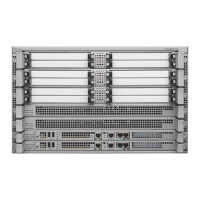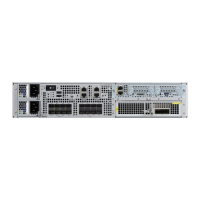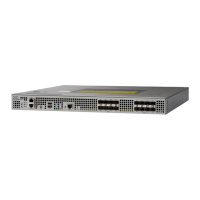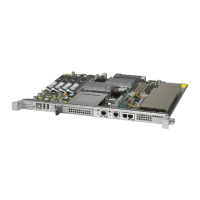17-2
Cisco ASR 1000 Series Aggregation Services Routers SIP and SPA Software Configuration Guide
OL-14127-08
Chapter 17 Configuring the 2-Port and 4-Port Clear Channel T3/E3 SPAs
Configuration Tasks
Required Configuration Tasks
This section lists the required configuration steps to configure the 2-Port and 4-Port Clear Channel
T3/E3 SPA. Some of the required configuration commands implement default values that might be
appropriate for your network. If the default value is correct for your network, then you do not need to
configure the command.
• Setting the Card Type, page 17-2
• Setting the IP Address, page 17-3
• Verifying Controller Configuration, page 17-3
• Verifying Interface Configuration, page 17-4
Note To better understand the address format used to specify the physical location of the SIP, SPA, and
interfaces, see the “Specifying the Interface Address on a SPA” section on page 17-5.
Setting the Card Type
The SPA is not functional until the card type is set. Information about the SPA is not indicated in the
output of any show commands until the card type has been set. There is no default card type.
Note Mixing of interface types is not supported. All ports on a SPA must be of the same type.
To set the card type for the 2-Port and 4-Port Clear Channel T3/E3 SPA, complete these steps:
Command Purpose
Step 1
Router# configure terminal Enters global configuration mode.
Step 2
Router(config)# card type {t3 | e3} slot subslot Sets the serial mode for the SPA:
• t3—Specifies T3 connectivity of 44210 kbps
through the network, using B3ZS coding.
• e3—Specifies a wide-area digital transmission
scheme used predominantly in Europe that
carries data at a rate of 34010 kbps.
• slot subslot—Specifies the location of the
SPA. See the
“Specifying the Interface
Address on a SPA” section on page 17-5.
Step 3
Router(config)# exit Exits configuration mode and returns to the EXEC
command interpreter prompt.

